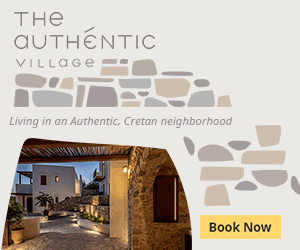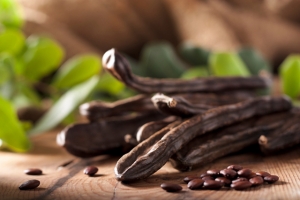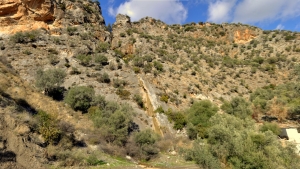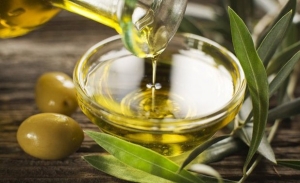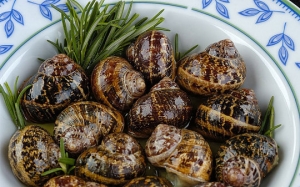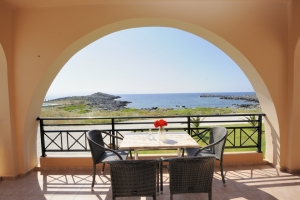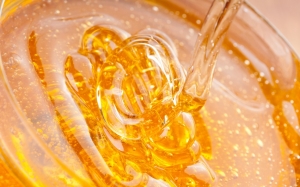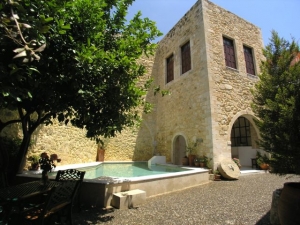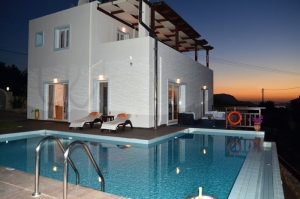Crete has the largest natural carob forests in the Southeast Mediterranean. Carob used to be a key ingredient for livestock feed, but it was ignored for several decades before making a comeback. Its sweetening properties made it an important energy source in the Cretan diet, and it was also used to make flour. Carob is attempting a remarkable comeback to modern markets with innovative products used mainly in bakery and confectionery, thus rooting modern food trends in older traditions.
On the southeast side of Mount Sanida, near the village Skourvoula, a small but very wild gorge is formed called Rizopetro. The gorge ends near Faneromeni dam after a very impressive 60m high waterfall, having water only after heavy rainfalls.
Olive trees and the valuable fruits they yield have been part of Cretan life for more than 3,500 years. Centuries of history form the background of the complex relationship between Cretans, their olive trees, and oil. A long time may have passed since the Minoan era, though the olive tree -fruit and oil alike- is still part of the islanders' lives. Far from being just a product, it stands out as a symbol of Cretan civilization through the ages.
This is another name for snails, a very particular trademark Cretan delicacy. Popular recipes include cooking them with chondros ; in a tomato, courgette and potato casserole; simply fried; or boubouristi (boiled and then fried with herbs).
Stavros
Nanakis Beach makes your stay in Chania, Crete easy and relaxing and offers you the peace you long for your vacations in the most beautiful premises in Stavros.Nanakis Beach Apartments are situated at the edge of a peninsula in Chania, Crete in the area of Stavros. The Apartments enjoy from the north and the west side a panoramic view of the sea of Crete.
Honey, one of the most important products of Crete, wouldn't be what it is without the wealth of fragrant plants and herbs thriving on the island. The product first appeared in ancient times. One of the most important finds from the Minoan era is the golden charm with two facing bees, which indicates that beekeeping activity existed early on.
Maroulas, Rethymnon
House classified as a historical monument by the Greek archaeological authorities. Built in 1426, the villa has got 540m² (5812 sqft), high ceiling (3,6m), very luminous with very large windows, and an 110m² (1184 sqft) open space opening on the courtyard with the private heated (in option) swimming pool. Full of privacy.
Plaka, Chania
Welcome to Ekaterini Vip Villa. The villa was built in 2009 in idyllic Plaka of Chania at Crete. Next to a lush canyon that leads to the blue bosom of the bay of Souda. The villa offers a balanced blend of luxury and comfort. The high quality combined with a sense of luxury, you promise a high standard of accommodation.





